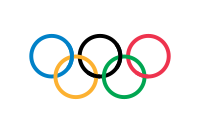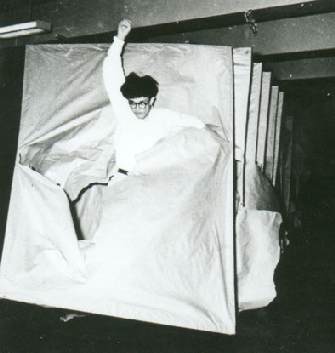 (http://www.istockphoto.com/file_closeup/?id=2504213&refnum=834388)
(http://www.istockphoto.com/file_closeup/?id=2504213&refnum=834388)Our world is full of pictures to depict a quick and understandable meaning. These pictures are displayed in several ways. There is a sign which has an image to communicate an idea like a road sign that all drivers knows means yield and be wary of pedestrians. Then there are symbols which represent a word like & (which means and). Companies or teams like to use logos to identify and differentiate themselves like the one at& t uses below:
 (http://design.weblogsinc.com/2005/11/22/at-t-rebranded-wait-no-reinvigorated/)
(http://design.weblogsinc.com/2005/11/22/at-t-rebranded-wait-no-reinvigorated/)Or there are also icons which are images to epresent and communicate ideas like the energizer bunny representing the Energizer battery.

(http://familyo.blogspot.com/2007_01_01_archive.html)
While basically all 4 concepts have similar motivations, they each have a slightly different meaning. While researching the web on the concepts of logos I found many of them to be very simple. But simple images can hold very important meaning. I believe one of the most well known logos in the world would have to be the olympic rings:
 I feel as though this logo really simply, but smartly sums up the Olympics. Many cultures and ideas coming together. t was a very creative way to communicate the ideas.
I feel as though this logo really simply, but smartly sums up the Olympics. Many cultures and ideas coming together. t was a very creative way to communicate the ideas.(http://en.wikipedia.org/wiki/Olympic_Games)
I aso found that often logos are something that is easier for different cultures and countries to identify with. Another logo that can be commonly communicated through different languages is symbols from different religons, especially christianity's cross. Logos show the power of the image and the power of visual communication.














